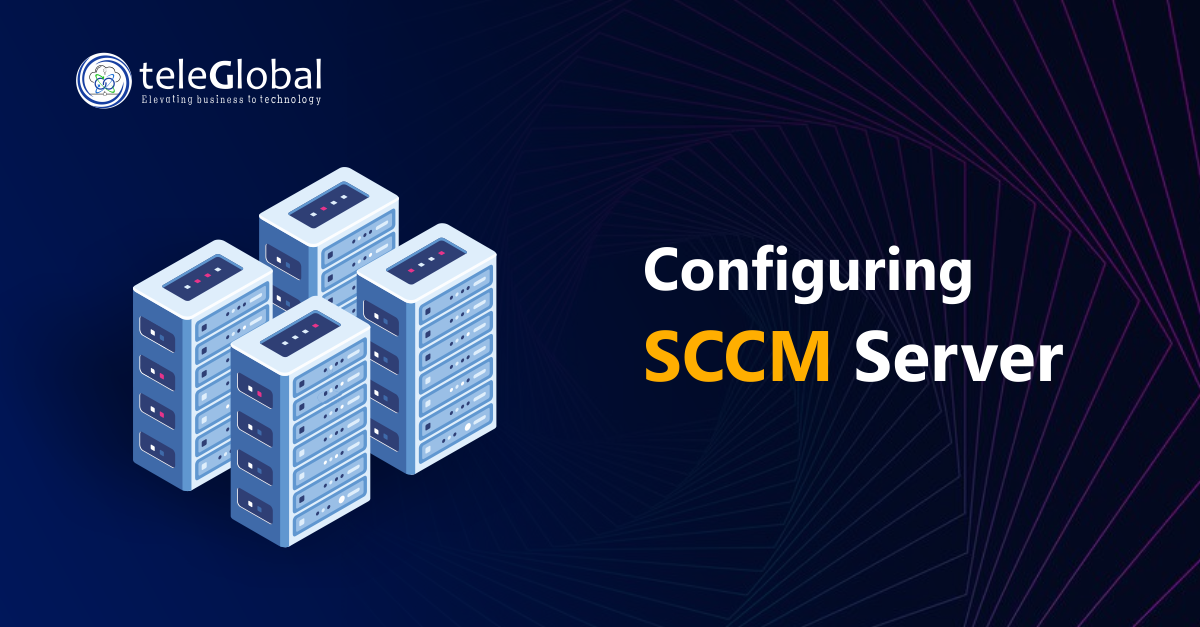
Introduction:
In today’s dynamic IT landscape, organizations are constantly seeking ways to enhance efficiency, reduce operational costs, and ensure the security and compliance of their systems. One critical aspect of achieving these goals is the effective management of IT infrastructure. In this document, it delves into the implementation of Microsoft System Center Configuration Manager (SCCM) as a comprehensive solution for streamlining IT operations.
Problem Statement:
Our one of the clients,was facing challenges in managing its diverse IT environment. The key pain points included:
- Inconsistent Software Deployments: The organization struggled with inconsistent deployment of software updates and applications across various devices, leading to compatibility issues and security vulnerabilities.
- Manual Patching Processes: Manual patching processes were time-consuming, error-prone, and often resulted in delays, leaving critical systems exposed to potential threats.
- Lack of Centralized Control: Without a centralized management solution, IT administrators found it difficult to enforce compliance policies, track hardware and software inventories, and ensure all devices were up to date.
Solution:
To address these challenges, we opted for the implementation of Microsoft SCCM. The key components of the solution included:
- SCCM Installation and Configuration: A team of IT professionals conducted a thorough assessment of the organization’s infrastructure and initiated the installation and configuration of SCCM. This involved setting up site servers, distribution points, and configuring site roles to ensure optimal performance.
- Automated Software Deployment: SCCM’s application deployment feature was leveraged to automate the deployment of software updates and applications across all devices. This streamlined the process, reduced errors, and ensured consistency in software versions.
- Patch Management: SCCM’s patch management capabilities were utilized to automate the identification, testing, and deployment of security patches. This significantly reduced the vulnerability window and enhanced the organization’s overall security posture.
- Centralized Monitoring and Reporting: SCCM provided a centralized console for monitoring the health of devices, tracking software and hardware inventories, and generating comprehensive reports. This empowered IT administrators with real-time insights into the organization’s IT environment.
Conclusion:
The implementation of SCCM at our Client proved to be a transformative solution, addressing the organization’s IT management challenges. The key outcomes included:
- Efficiency Gains: Automated software deployments and patch management processes led to significant time savings and increased operational efficiency.
- Enhanced Security: The timely deployment of security patches and updates resulted in a more secure IT environment, reducing the organization’s susceptibility to cyber threats.
- Centralized Control: SCCM provided IT administrators with a centralized platform for managing and monitoring the entire IT infrastructure, leading to better control and compliance.
In conclusion, the successful implementation of SCCM not only resolved the specific challenges faced by our client but also positioned the organization for future scalability and adaptability in the ever-evolving IT landscape. The case study highlights the importance of a comprehensive IT management solution in ensuring a secure, compliant, and efficient IT environment.








































